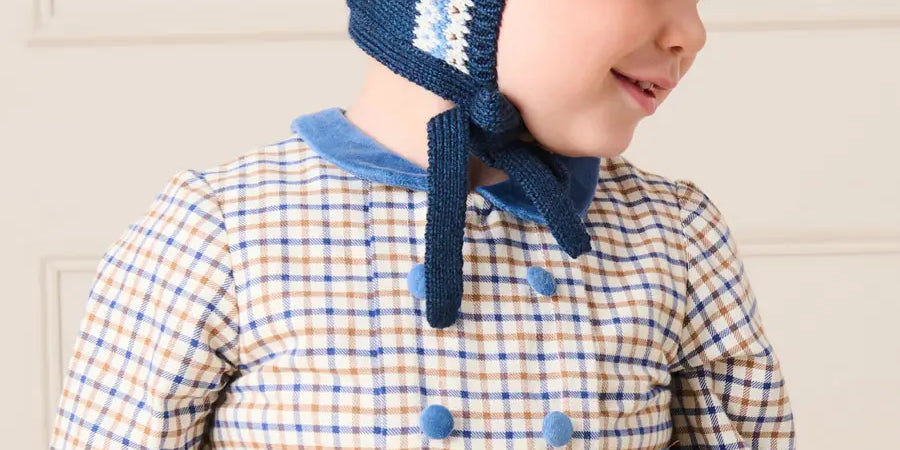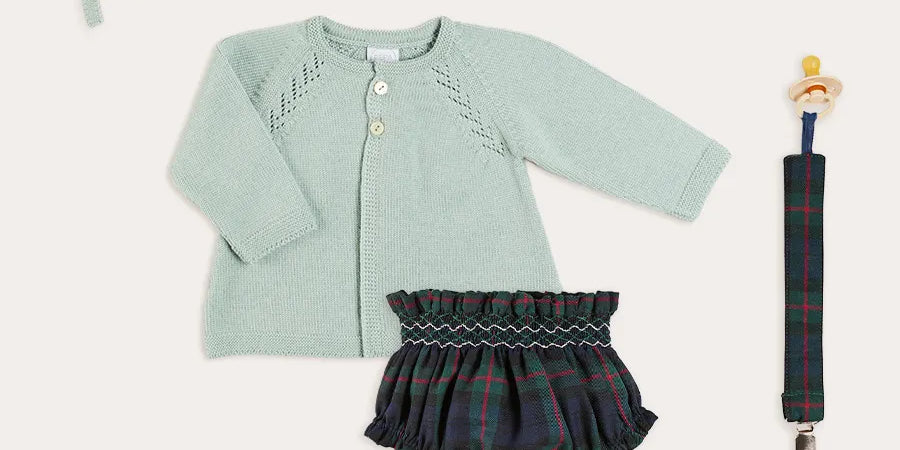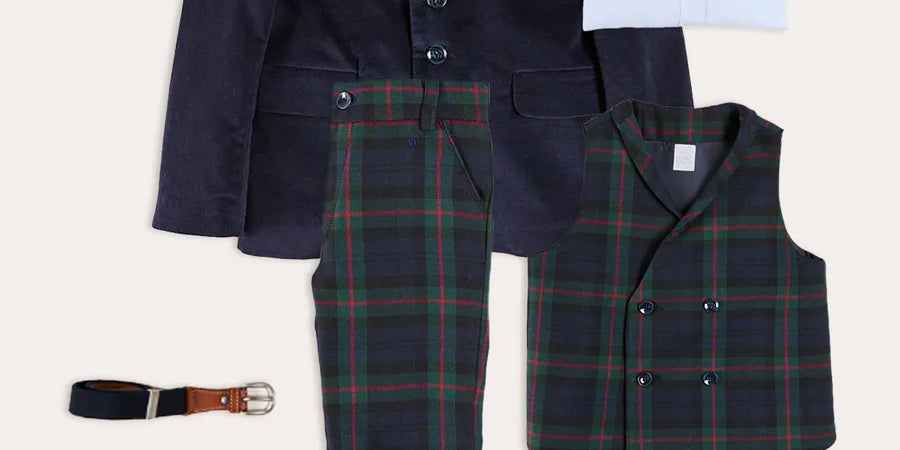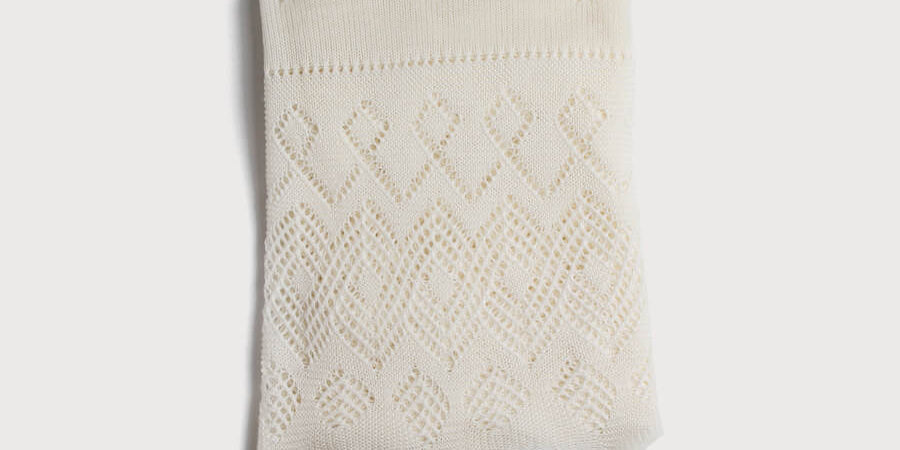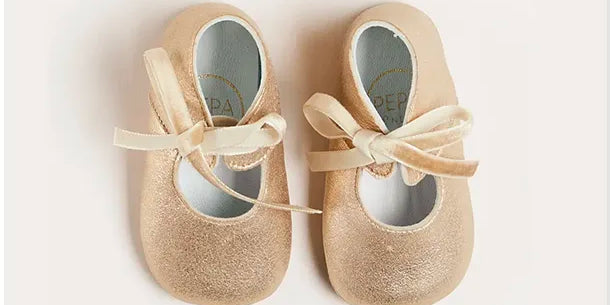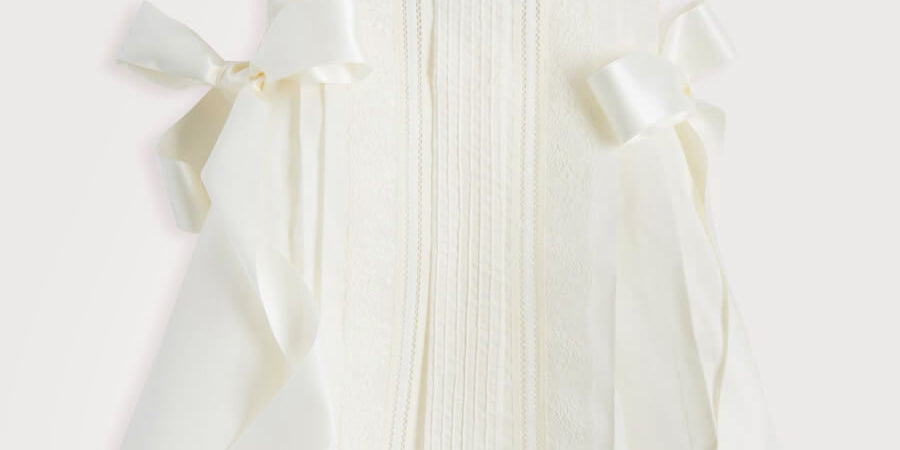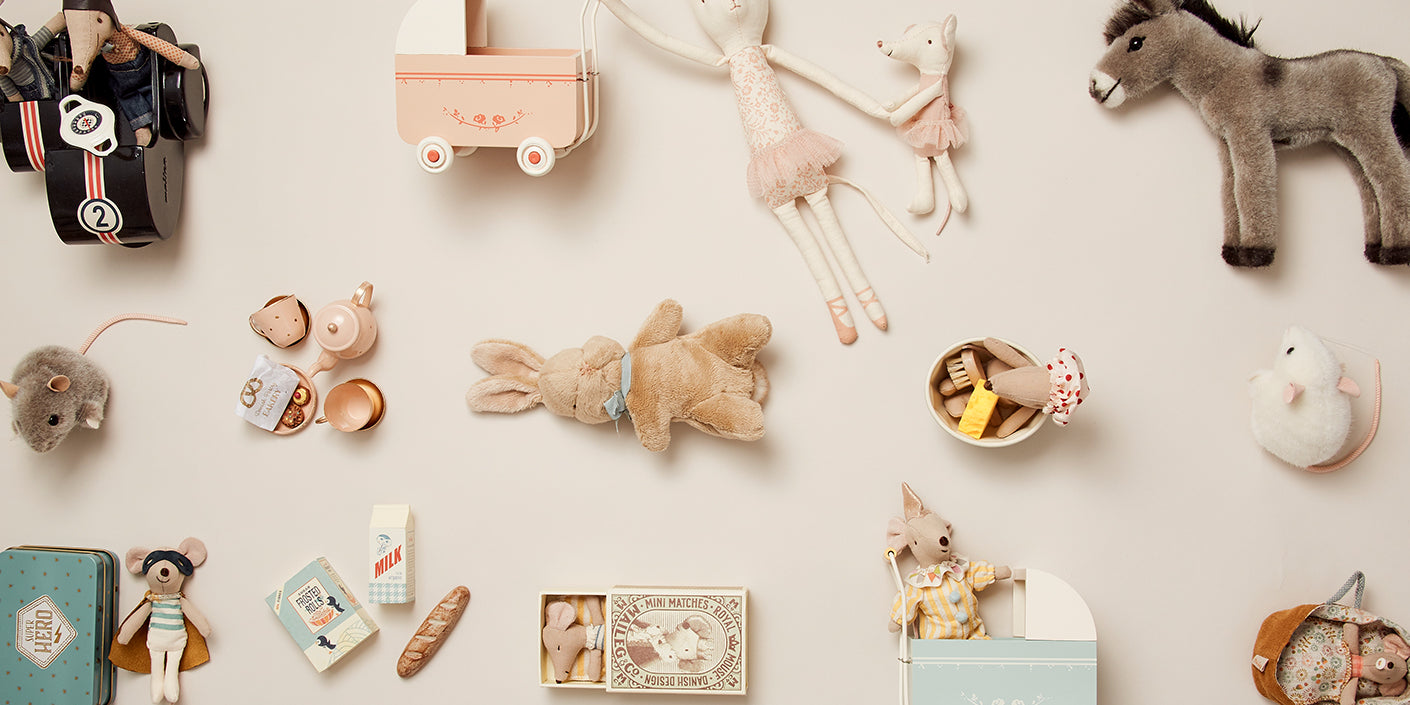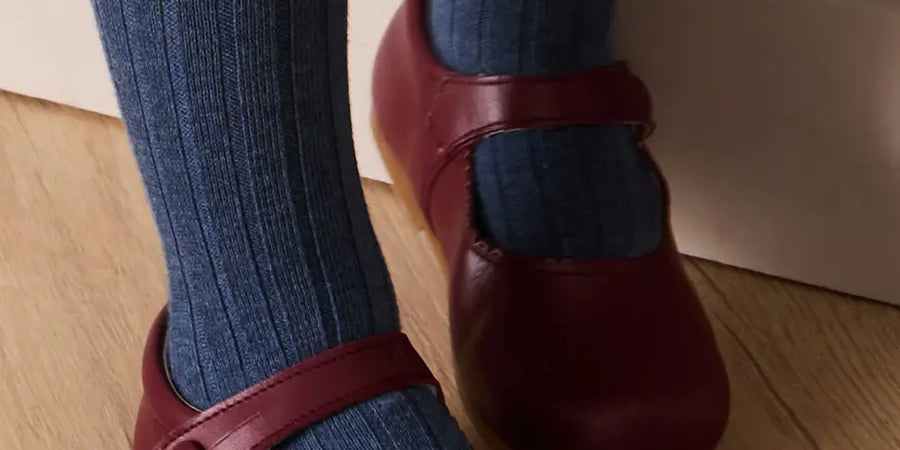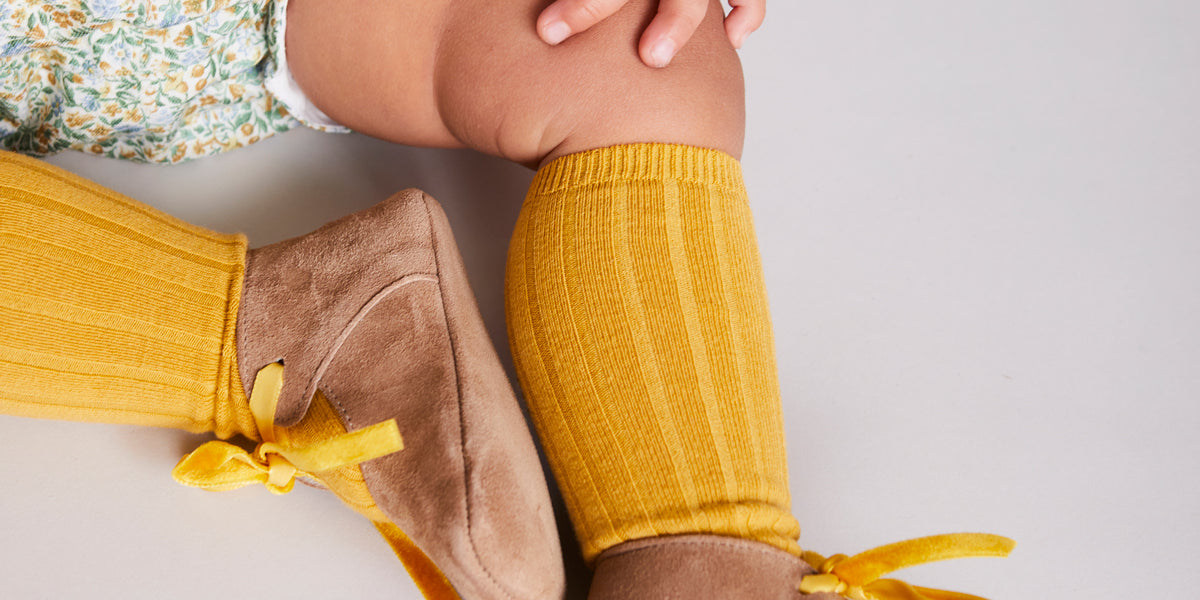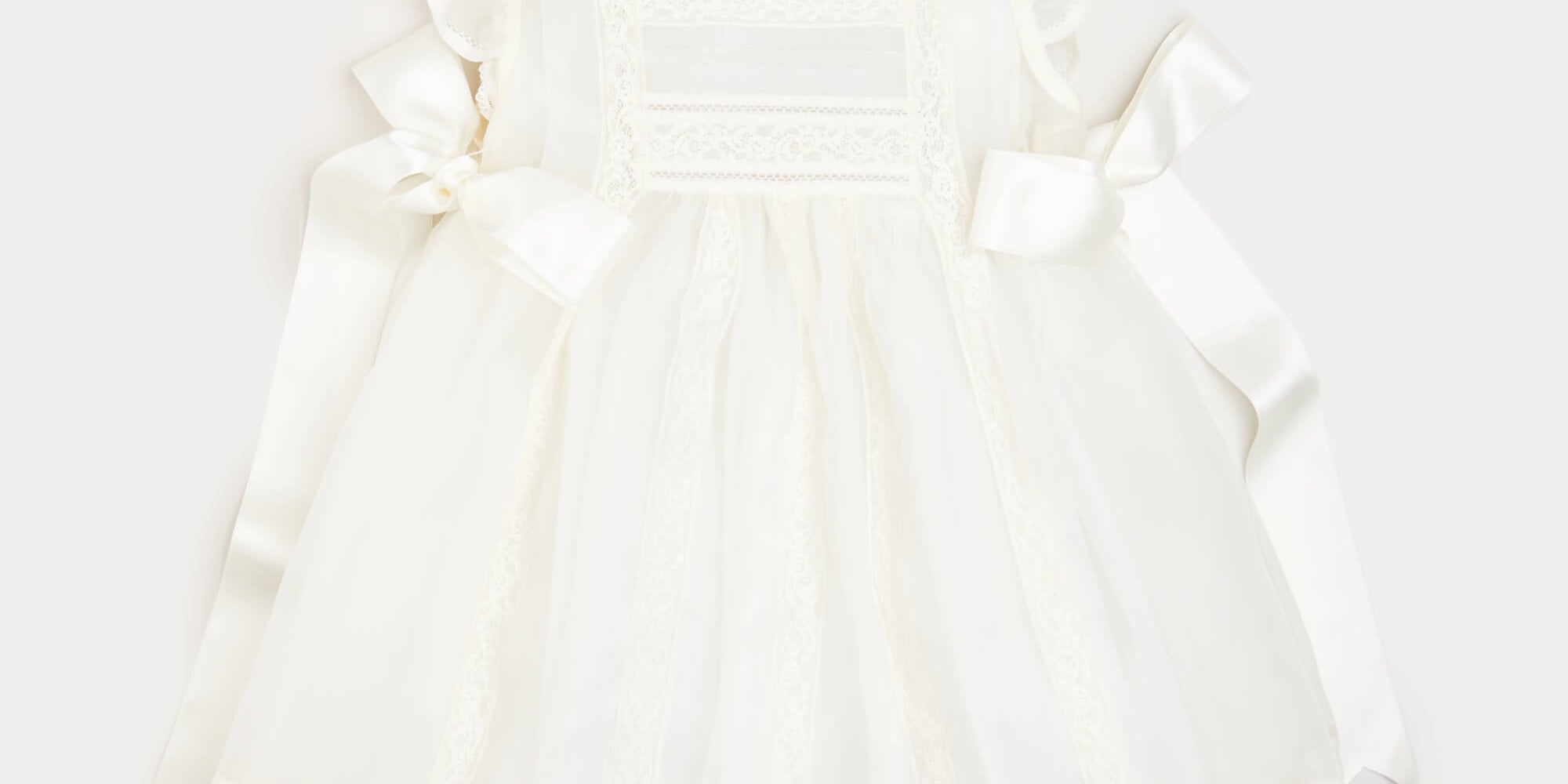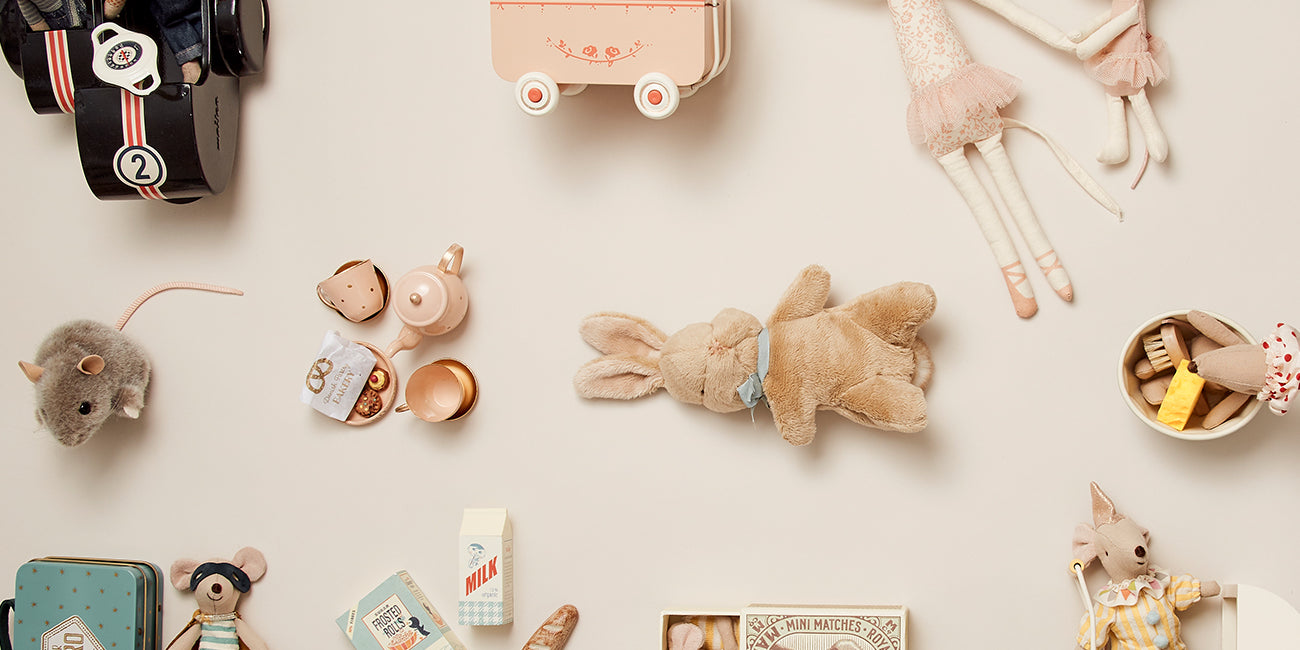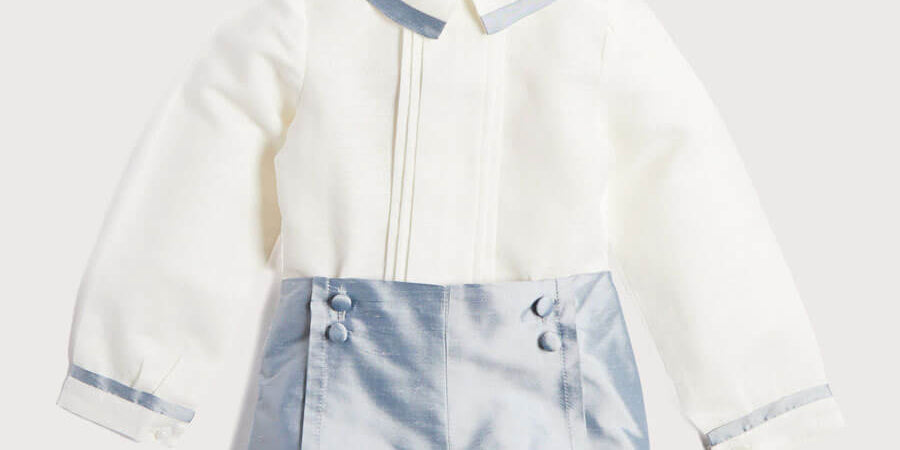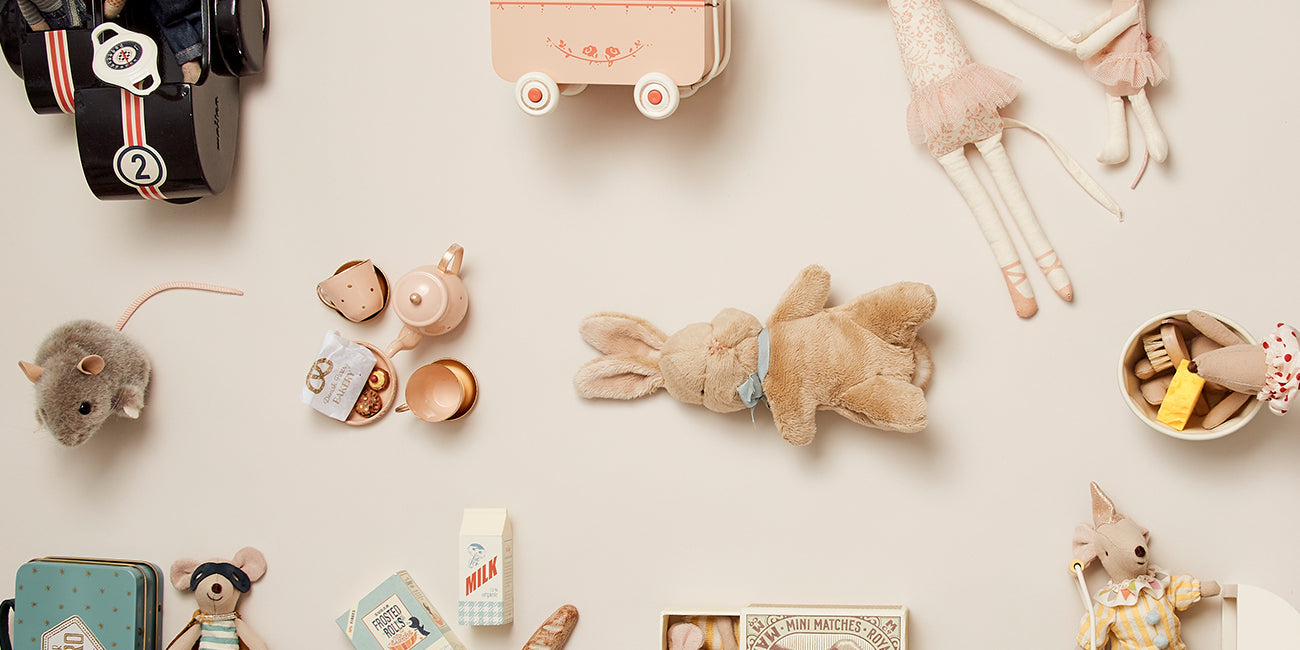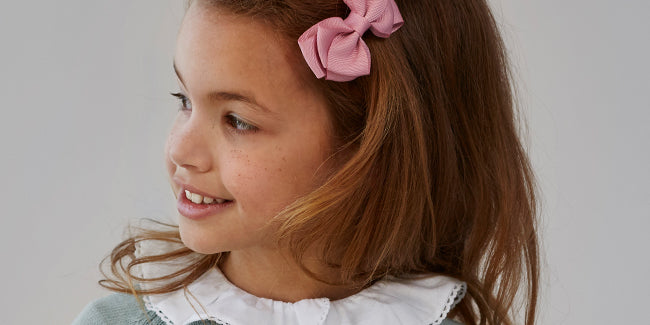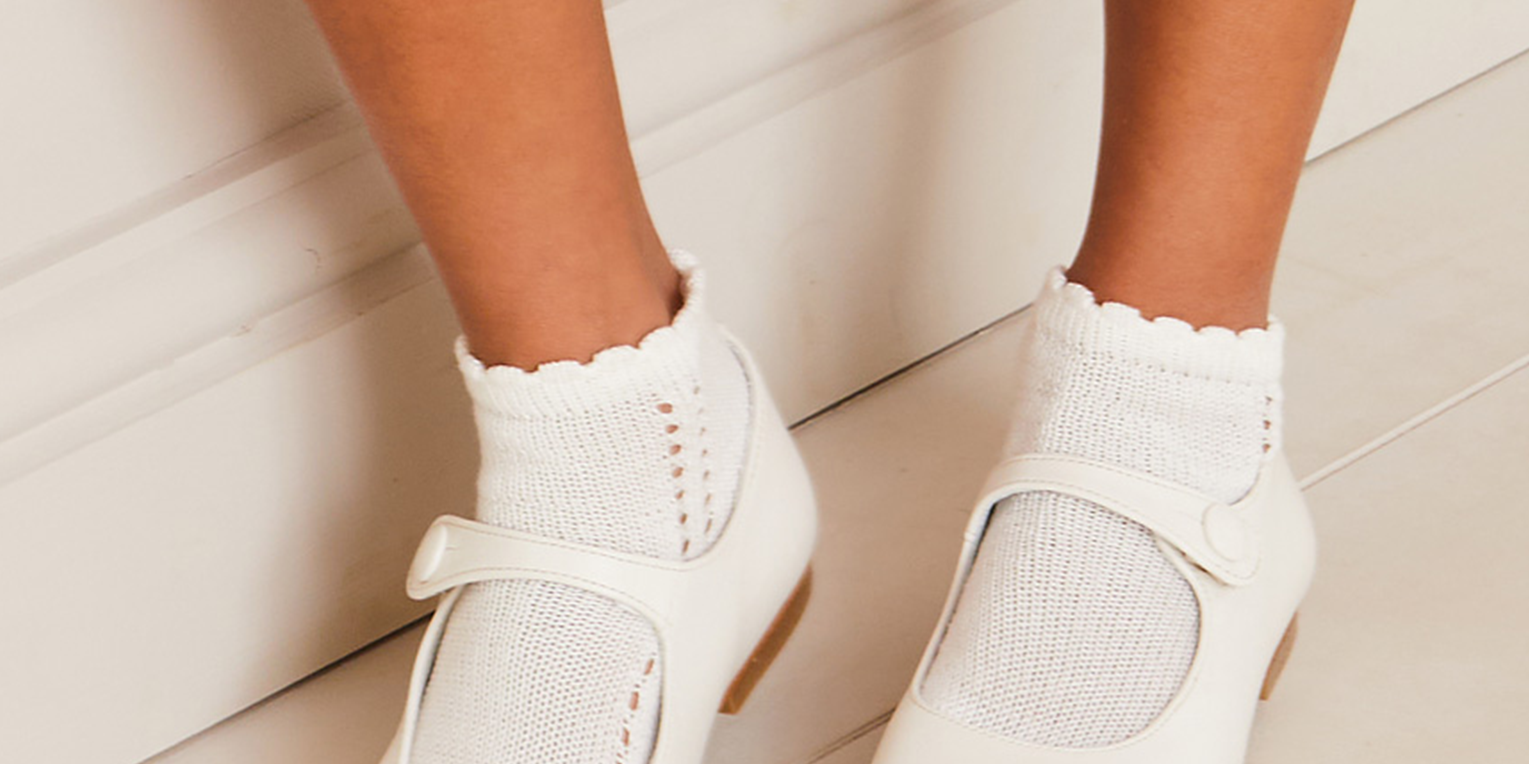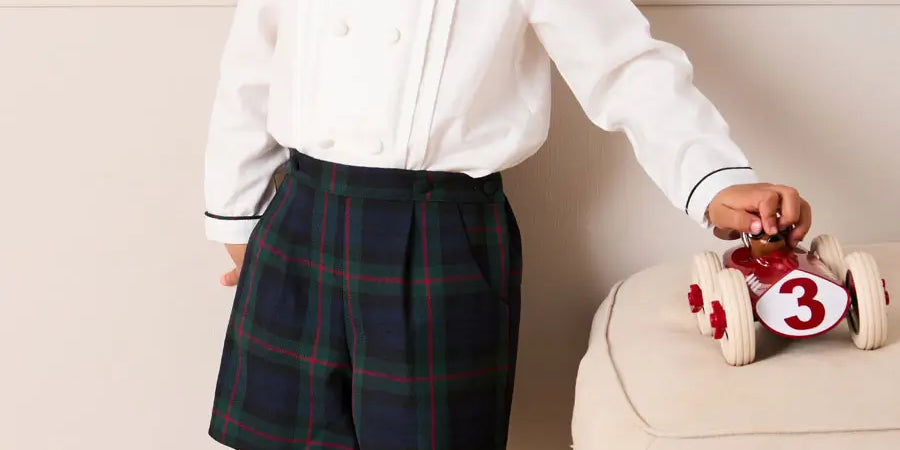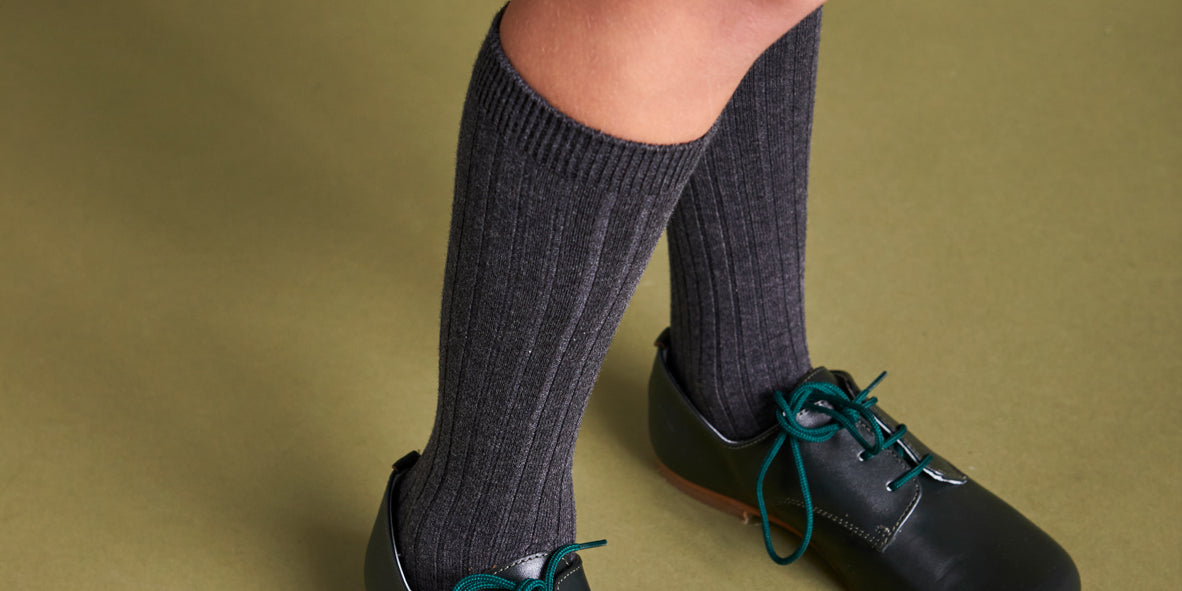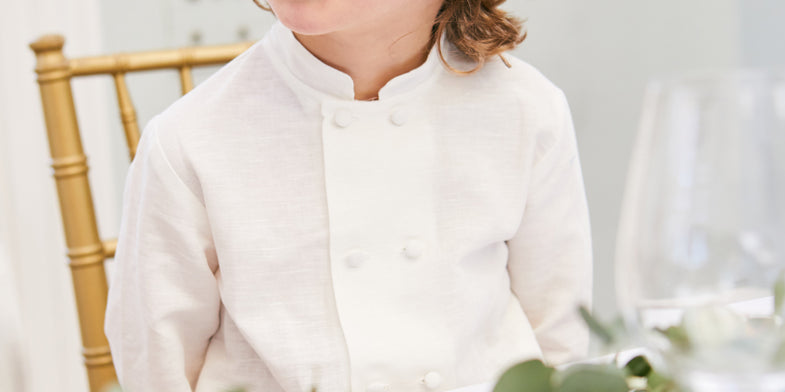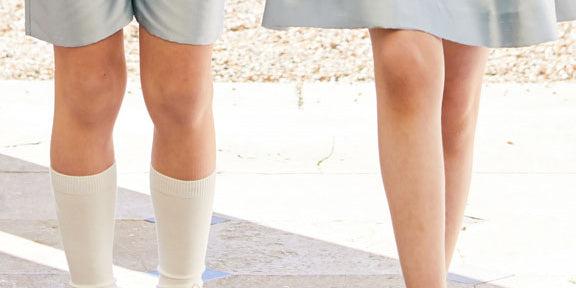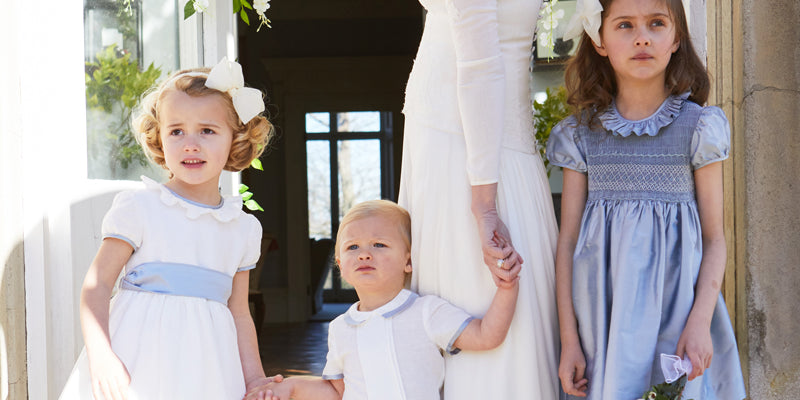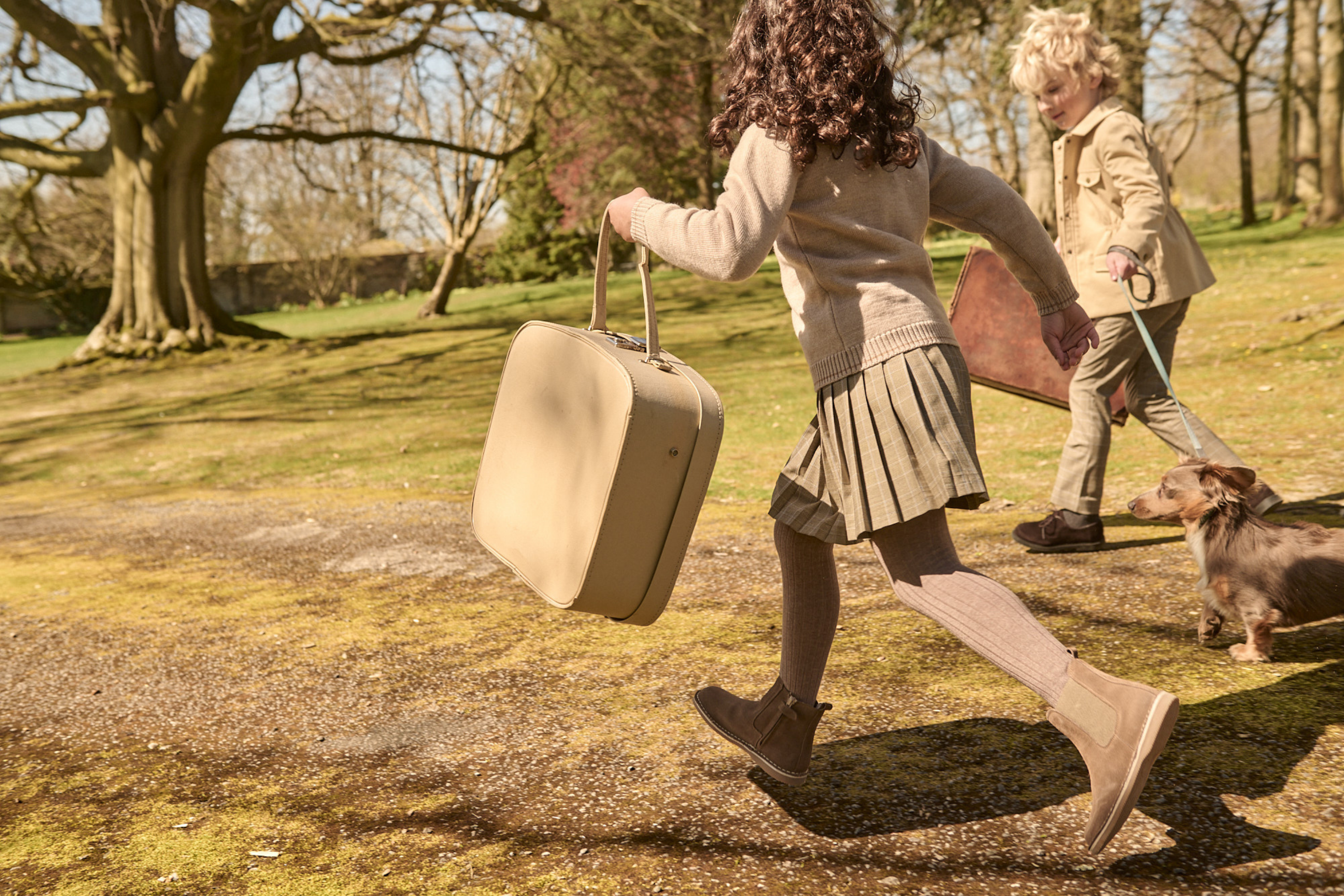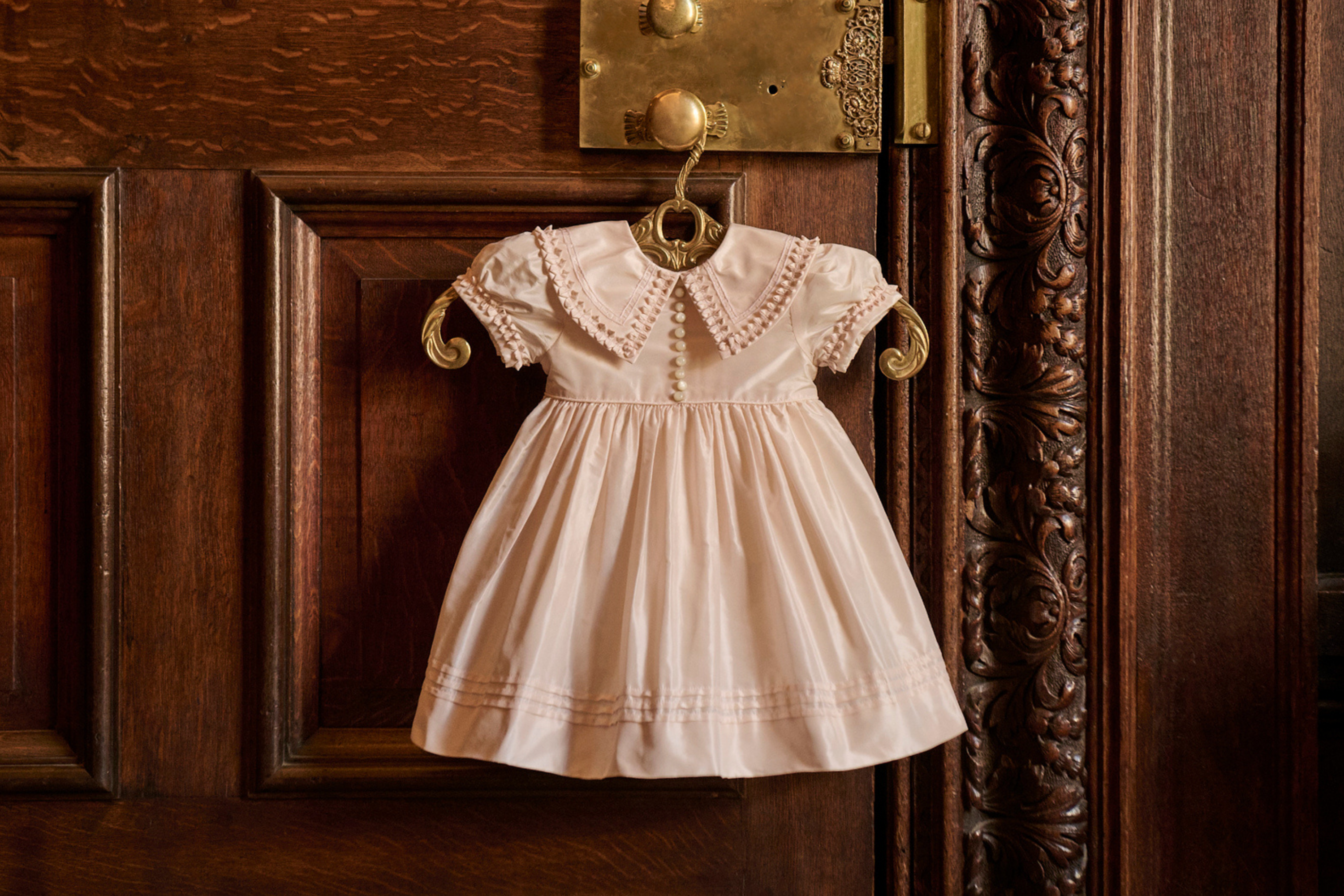Exploring Scottish Seasonal Dressing;
A History of Holiday Traditional Attire
From Tartan through to Fair Isle
Many of us associate the holiday or Christmas season with traditional dressing and rich luxurious fabrics and colour palettes. There is one timeless fabric in particular dating back thousands of years and used for multiple generations, which creates an immediate sense of smart warmth and coziness and is intertwined with memories of the festive season like no other, and that is the timeless Scottish woollen woven fabric known as Tartan.

George and Hugh Brodie as Children in Highland Dress on a Moor, 1846
History of Tartan
Deep rooted in Scottish culture, it is thought that the term for tartan originated in the 16th century and was first influenced by Scotland’s rich history of wearing kilts and tartan like patterns over many centuries. In more recent times there has been an association of specific tartan patterns that link directly to Scottish clans and families, but this is a relatively modern development. This was in part intensified during the Victorian era following a renewed interest in Scottish culture after the 1782 repeal of The Dress Act 1746 that had previously made it illegal for Highlanders to wear traditional Highland Clothing.
There was a distinct association of chivalry and heroism with tartan linked to the chivalry of Scottish Highland warriors and the tartan that they wore, which heavily romanticised by the Victorians and further stoked their love and fascination of Scottish Culture and a desire to connect with a perceivable noble and ancient past. This was further interplayed with romantic ideals and royal influence (both Queen Victoria and Prince Albert both embraced tartan), and it soon became hugely popular fashion statement among the fashionable Victorian elite.
Having since never waned in popularity still today tartan’s timeless aesthetic far transcends trends, and continues to be used across accessories, fashion and even homeware, but why does it have such a broad and lasting appeal?

Modern Day Traditional Dressing
Many of us associate their own childhood memories of the festive or winter season with tartan, as it is continual sense of historical and cultural significance have become intertwined with tradition. The use of Tartan at Christmas is a comforting element, often seen as smart and timeless, it definitely is used to contribute the overall ambiance of Christmas and holiday winter dressing, and is often seen adorning everything from ribbons, wrapping paper to dresses and coats - even used in seasonal matching family photos and to enhance memorable family experiences during the winter period.
The rich deep colours associated with the winter and holiday season such as deep reds and greens evoke a sense of warmth and coziness, this is further embedded in the heavy and warming weave of the traditional woollen fabric. The diversity of tartan pattern reflects both historical connections and contemporary creativity. To preserve this for future generations to enjoy, a Scottish Register of Tartans was created in 2008 and is currently run by the National Records of Scotland. They seek to registers, detail and preserve information about the historic value, and maintain a registry of tartans and their associated clans.
We hope you like dressing your children in tartan to create the ultimate special memory of the holiday season, we love seeing little ones dressed in it too!
SHOP TARTAN

Scottish Traditional Fair Isle Knitwear
Another iconic Scottish traditional item of clothing item popular at this time of year is the Shetland tradition of Fair Isle knitting. The iconic technique is characterized by using small, intricate patterns and involves carrying two or more yarns across each row to create a distinctive and colourful design. The work is often translated through the use of geometric patterns, and motifs of either nature or cultural significance, and is hugely popular adorned across knitted jumpers and Christmas sweaters worn to create a vintage holiday style.
This cosy knitting tradition dates back several centuries and is believed to have started on Fair Isle Island in the Shetland archipelago. It gained broader popularity in the early 20th century when the British Royalty (including the then Prince of Wales) started wearing Fair Isle sweaters, and the distinctive style has long endured as a cultural and artistic tradition.
Fair Isle sweaters not only make a great and unique gift due to both their unique designs and warmth, cosiness, and comfort; but their aesthetic appeal, cultural significance and craftsmanship make them an even more extra special and stylish present for loved ones. 
Do send us photos of your Christmas outfit ideas using Pepa’s Christmas collection, as we love to see our knitwear designs wrapped up snuggly on your little ones!





